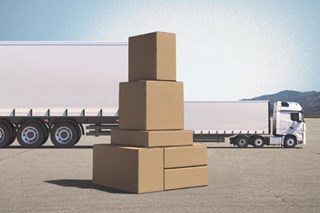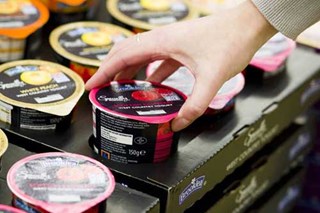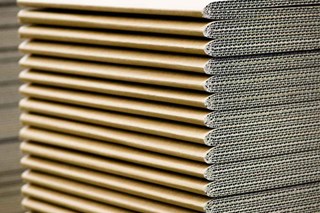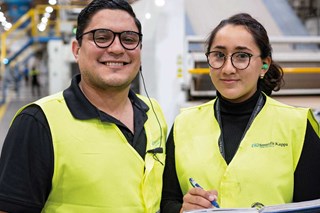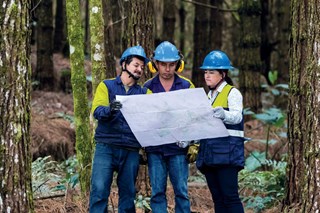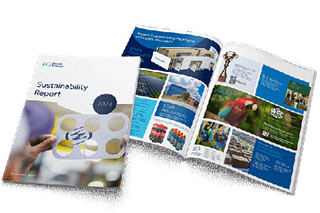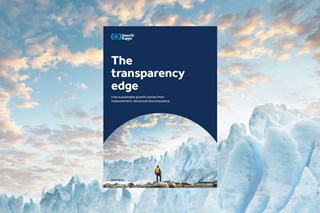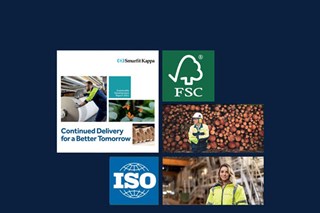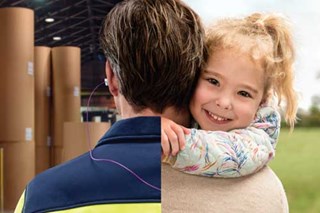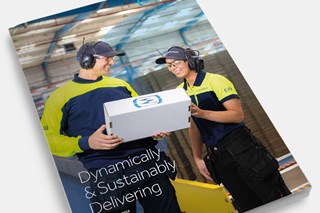Act now: Amendments to packaging rules will cause ‘flood of plastic’ pollution
Call to correct mistakes in proposed amendments to EU Packaging and Packaging Waste Regulation that will penalize recyclable materials, like cardboard, while promoting the plastics industry.
By Saverio Mayer, CEO Europe Smurfit Kappa
Imagine you’re in charge of regulating packaging in the European Union. You’re bringing in some new rules to reduce waste and pollution. So far, so good. But then it is revealed that an amendment mandating the reuse of packaging will cause a flood of plastic. That is exactly the opposite of what you’re trying to achieve. Do you vote for it anyway?
The answer is obvious. Yet this is the exact dilemma now facing the EU, as it debates proposed amendments to the Packaging and Packaging Waste Regulation (PPWR).
Everyone supports what the EU wants to achieve with this regulation. But recent amendments are counterproductive. They would impose mandatory re-use rules for transport packaging in too general a way. In practice, this decision would penalize recyclable materials, like cardboard, while promoting the plastics industry.
Analysis from trade association FEFCO has found that, instead of being significantly cut, the amount of unnecessary plastic transport packaging being produced will double by 20401. It isn’t possible to recycle plastic without making it more toxic. But that doesn’t mean we should give up and accept that producing mountains more to reuse is a good alternative.
"Instead of being significantly cut, the amount of unnecessary plastic transport packaging being produced will double by 2040."
Our whole business at Smurfit Kappa is built around reducing the environmental impact of packaging on the planet and improving supply chains for billions of people. We use our expertise in innovation to develop sustainable packaging, especially substitutes for plastics. These are renewable, recyclable and biodegradable. We recycle the fibers of our boxes 25 times over their lifespan. At the end, they just return to nature.
"Plastic always remains. It is manufactured from fossil fuels and only 9 percent globally is recycled2.This is a terrible combination. Even the small amount of plastic that is eventually recycled will one day be burned and release CO2, or end up as litter. It does not return to the earth like cardboard".
On the other hand, paper-based products are fully renewable, recyclable, and biodegradable. Cardboard in particular plays an important role in the EU’s transition towards a circular economy.
We have an excellent, high-performance recycling system for cardboard, with a recycling rate above 90 percent, the highest of any packaging material in Europe. Corrugated cardboard packaging has an average recycled content of 89 percent3.
Cardboard should always maintain its exclusion from any mandatory reuse target. We’ve earned a voice in this debate because we continue to lead the industry on sustainability and play a large part in severely reducing plastic usage. We collect used packaging and reuse more than 90 percent as part of our closed-loop business model. Last year 94.3 percent of our packaging was Chain of Custody certified under FSC, PEFC or SFI sustainability standards.
"Plastic always remains. It is manufactured from fossil fuels and only 9 percent globally is recycled. This is a terrible combination."
Brands like the North Face have set goals to reduce plastic and our company, Smurfit Kappa, has helped them — for example, by phasing out polybags from online orders in favor of more sustainable paper-based packaging. The last thing most companies want to do is increase the amount of plastic they’re using. Not only do customers care, but every company relies on the natural world for stability and security.
We don’t want to roll back this progress and hand a win to yesterday’s economy. We’re not suggesting there’s absolutely no place for plastic where other methods don’t yet exist. There are legitimate uses for things like medical equipment, or certain liquids. But we’re talking about a doubling of the plastic packaging used to move goods around. That’s unacceptable.
We have an excellent, high-performance recycling system for cardboard, with a recycling rate above 90 percent, the highest of any packaging material in Europe.
Targets like this should only be introduced if it is beyond a doubt that they are good for society, natural ecosystems and the economy. Campaigners like Greenpeace are right when they say that increasing plastic usage is “inherently incompatible with a circular economy”4. It is right to point out that there is still an urgent need to reduce plastic production. Unless this kind of broad-sweep target is rejected or modified, it will take us in the opposite direction.

(1) https://www.politico.eu/sponsored-content/plastic-economy-the-unintended-consequence-of-reuse-targets
(2) https://www.unep.org/news-and-stories/story/plastic-treaty-progress-puts-spotlight-circular-economy
(3) https://www.fefco.org/lca/
(4) https://ipen.org/news/new-greenpeace-report-calls-out-toxic-hazards-recycled-plastic#:~:text=The%20report%2C%20%22Forever%20Toxic%3A,be%20hazardous%20to%20human%20health.
STAY INFORMED
Sign up to get the latest news from Smurfit Westrock

